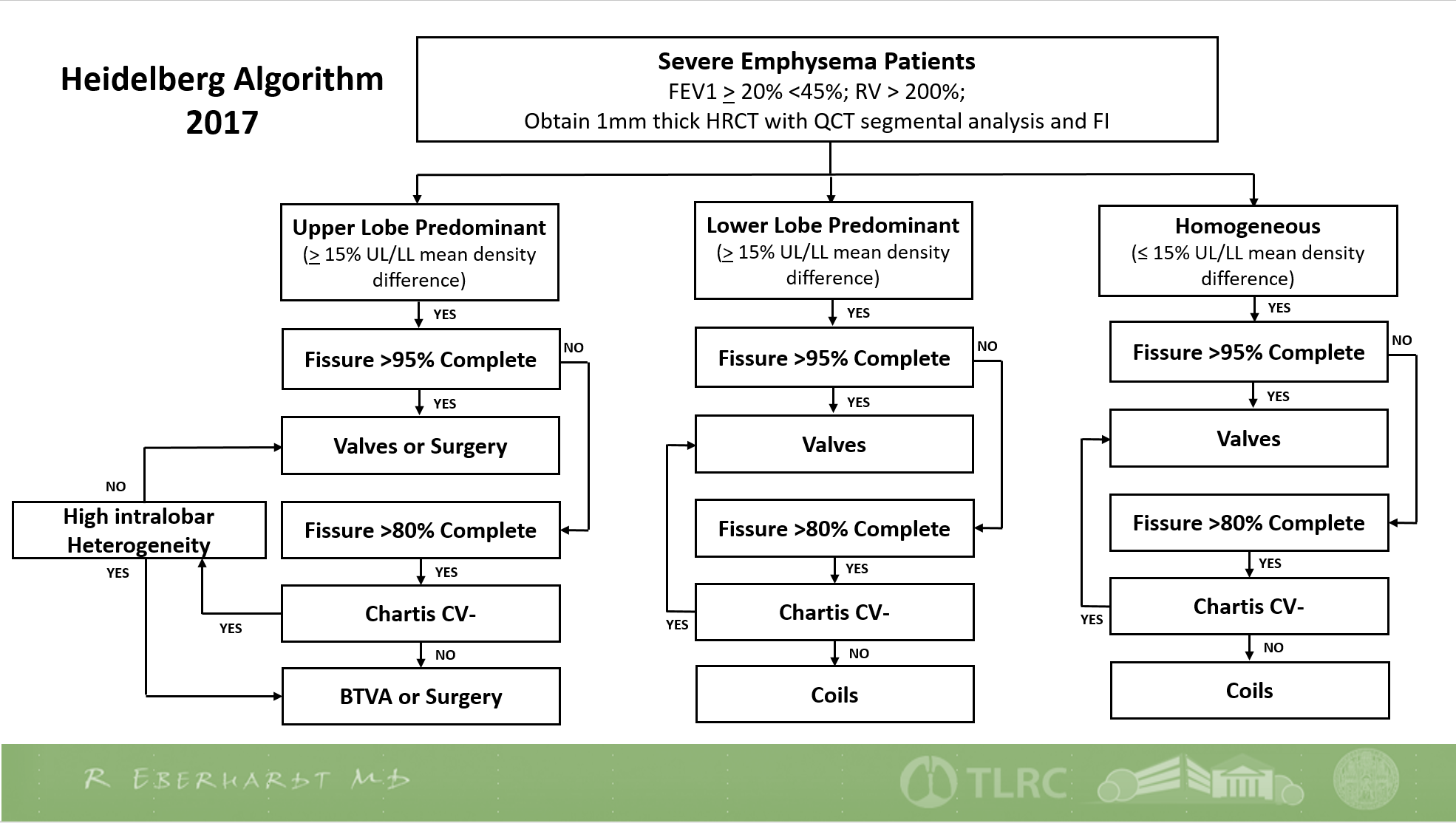New Paper Shows Bronchoscopic Thermal Vapor Ablation (BTVA) Is Feasible and Well Tolerated in the Treatment of Lung Cancer
/SAN JOSE, Calif.--(BUSINESS WIRE)--Broncus Medical, Inc., developer of diagnostic and therapeutic technology for a variety of lung diseases, today announced publication of results from the VAPORIZE study in the current issue of Respiration. The feasibility study reported on the use of bronchoscopic thermal vapor ablation (BTVA) in ablating lung tumors.
“BTVA of lung tumours is feasible and well tolerated, with preliminary evidence suggesting high potential for effective ablation of tumours.”
The paper’s authors conclude that, “BTVA of lung tumours is feasible and well tolerated, with preliminary evidence suggesting high potential for effective ablation of tumours.”
Lung cancer is the most prevalent cancer in the world today. In 2018, there were more than two million new lung cancer patients and 1.8 million deaths. Surgical resection – where the portion of the lung affected by the tumor is removed in an open surgery – is currently the standard of care for lung cancer. However, most patients with localized (Stage 1) non-small cell lung cancer are unable to undergo surgery due to significant comorbidities or frailty. Additionally, currently available non-invasive treatments, such as chemotherapy, are limited in many patients due to tumor location or disease characteristics. Therefore, most early stage lung cancer patients do not have good treatment options today.
The objective of the VAPORIZE study was to establish the safety, feasibility and ablative efficacy of BTVA for the minimally-invasive ablation of lung cancers. The study enrolled six patients with peripheral parenchymal cancer that were scheduled for surgical lobectomy. Pre-procedural planning of treatment location and intraoperative navigation was established based on the analysis of the patient’s CT scan by Archimedes® Planner software. BTVA was used to destroy tumors and surrounding tissue in a margin-based treatment designed to ablate large areas of tissue bronchoscopically to achieve results similar to segmentectomy, without the invasiveness.
The VAPORIZE study showed no major procedure-related complications and large uniform ablation zones achieved in most patients, with complete or near-complete necrosis of target lung lesions seen in certain cases. The median procedure duration was only 12 minutes, demonstrating that BTVA in lung tumor treatment is fast and intuitive to perform.
“This study shows that the advent of effective bronchoscopic lung cancer treatment is moving closer to reality. We found that BTVA is a viable approach that treats an entire segment and is capable of effective necrosis of target lesions,” said Associate Professor Daniel Steinfort, Department of Respiratory Medicine, Royal Melbourne Hospital. “We also see promise in BTVA presenting less risk than current percutaneous techniques, which are associated with high pneumothorax rates and intercostal drain requirements. We look forward to refinement of the effectiveness of the treatment through examination of technique and patient selection, and to its use in larger studies to achieve improved patient outcomes.”
“This early study of BTVA for lung tumors demonstrates that the technology has great potential to bronchoscopically eliminate all or most of the mass of lung tumors with a good safety profile,” said Robert F. Padera, MD, PhD, Associate Pathologist, Brigham and Women’s Hospital, Boston, who was responsible for pathologic analysis in the study. “The microscopic changes of tumor necrosis lag behind the actual time of cell death. Lobectomy occurred four to five days after the study procedure, which may not have allowed for all the microscopic changes to develop that would eventually be expected to occur. We, therefore, included an expected tissue necrosis measure in the outcomes to account for what we would see in a real-world situation.”
“As the only technology that has demonstrated the ability to achieve large, uniform ablation zones in killing lung tumors, BTVA has the potential to be a margin-based, bronchoscopic lung cancer treatment unlike any other existing or emerging technology,” said Broncus Medical CEO Zhan Guowei. “BTVA may also offer hope for physiologically frail patients to complete diagnosis and treatment in a single procedure. As the vast majority of lung cancer patients are not candidates for open surgery, it is our intent to provide an effective and minimally-invasive option to treat their lung cancer, and subsequently, improve their lives.”
The FDA has designated the InterVapor® System for BTVA as a Breakthrough Device for the treatment of severe emphysema. Studies of the established modality for minimally-invasive lung volume reduction have shown clinically meaningful improvements in breathing and quality of life for patients suffering from severe emphysema, with a good safety profile. BTVA technology currently has CE Mark and TGA approval and the company intends to pursue an indication for the treatment of late-stage emphysema in the U.S.
The Archimedes planning software used in pre-procedural planning for the study incorporates pattern recognition and virtual bronchoscopic navigation to guide the clinician to the periphery of the lungs. The platform consists of three separate product offerings: The Archimedes planning laptop, The Archimedes Lite™ Virtual Bronchoscopic Navigation (VBN) System and the Archimedes System that combines fused fluoroscopy, real-time bronchoscopy and virtual bronchoscopic navigation for 3D views and access to nodules anywhere in the lung.
About Broncus Medical, Inc.
Broncus Medical, Inc. is dedicated to the development of diagnostic and therapeutic technology for a variety of lung diseases. Founded in 2012, the company’s primary technology platforms focus on the diagnosis of lung cancer and the treatment of emphysema. Its lung cancer diagnostic and therapeutic portfolio includes the Archimedes® System, Archimedes® Lite™ Virtual Bronchoscopic Navigation (VBN) System, Archimedes® Planner and FleXNeedle®.
